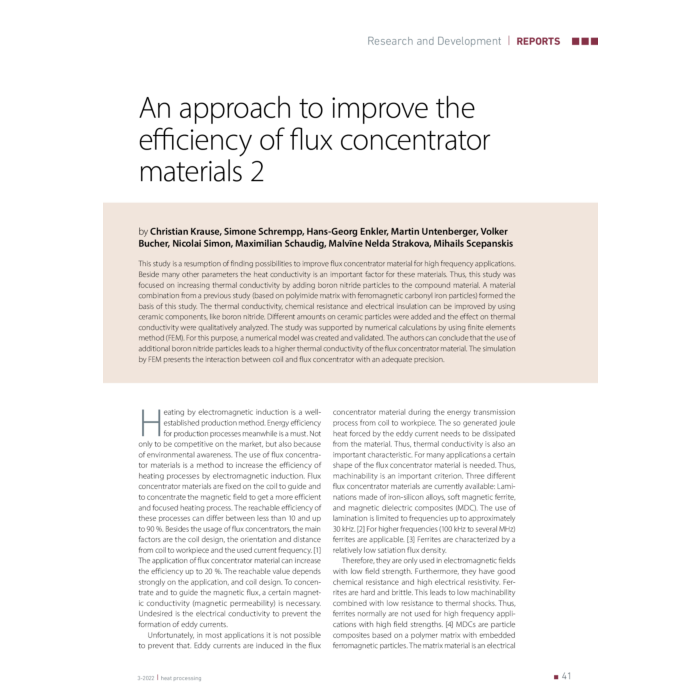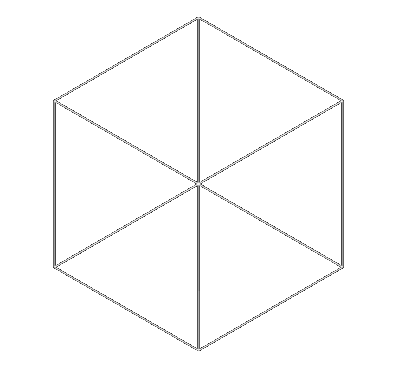Using Additive Manufacturing to optimise the design of inductor cooling channels
4,90 €
Auf Lager
Artikelnummer
00541_2020_03_01
Inductor coils are copper tools for induction heating, which have to carry alternating currents with a typical magnitude of several thousand amps. These currents result in a significant temperature increase during every heating cycle. Therefore, inductor coils must be actively cooled with water to limit the thermal load. The cooling capability of inductor coils is the determining factor for their lifetime. Traditional production methods of inductor coils are restricted in terms of cooling channel design and hence heat dissipation rate. In that respect, the recent introduction of copper in Additive Manufacturing offers a broad variety of new design options. Some of these options are investigated in this paper. First, a numerical model of the thermal domain coupled with flow calculations is used to identify promising design approaches. The best as well as the conventional design are then built using Additive Manufacturing. Thermographic imagery is used to assess the designs in an experimental heating setup as well as to verify the numerical results.
| Autoren | Christian Krause, Florian Simon, Philipp Westbomke, Vasile Avram, Maximilian Schaudig, Dirk Schlesselmann |
|---|---|
| Erscheinungsdatum | 27.10.2020 |
| Format | |
| Verlag | Vulkan-Verlag GmbH |
| Sprache | English |
| Titel | Using Additive Manufacturing to optimise the design of inductor cooling channels |
| Beschreibung | Inductor coils are copper tools for induction heating, which have to carry alternating currents with a typical magnitude of several thousand amps. These currents result in a significant temperature increase during every heating cycle. Therefore, inductor coils must be actively cooled with water to limit the thermal load. The cooling capability of inductor coils is the determining factor for their lifetime. Traditional production methods of inductor coils are restricted in terms of cooling channel design and hence heat dissipation rate. In that respect, the recent introduction of copper in Additive Manufacturing offers a broad variety of new design options. Some of these options are investigated in this paper. First, a numerical model of the thermal domain coupled with flow calculations is used to identify promising design approaches. The best as well as the conventional design are then built using Additive Manufacturing. Thermographic imagery is used to assess the designs in an experimental heating setup as well as to verify the numerical results. |
Eigene Bewertung schreiben


